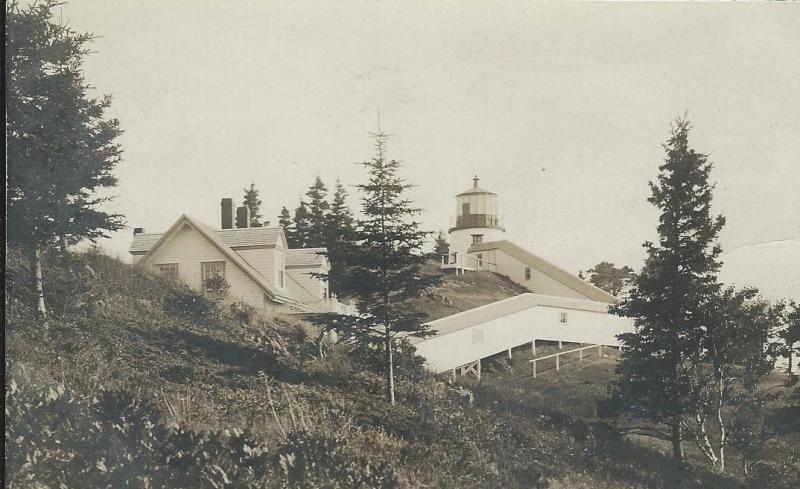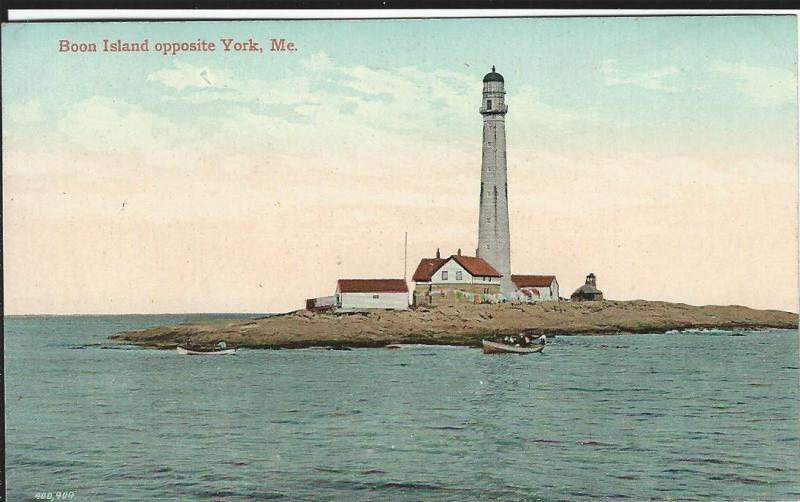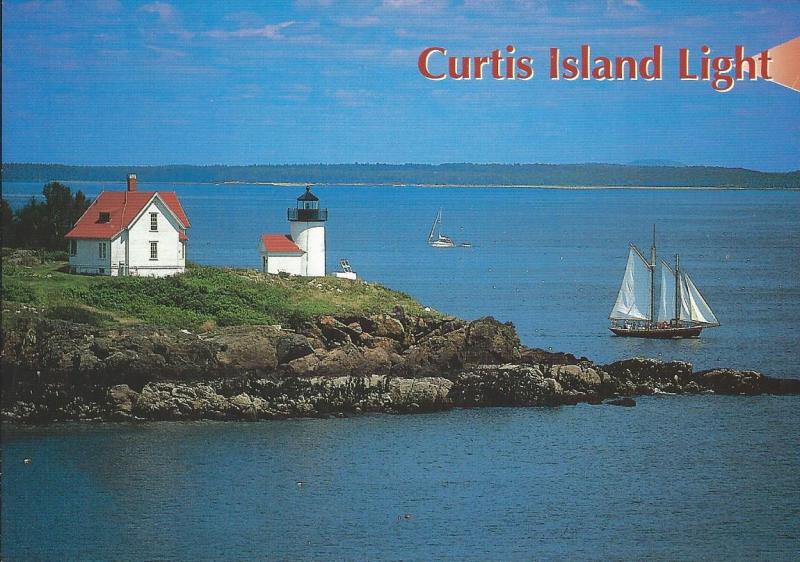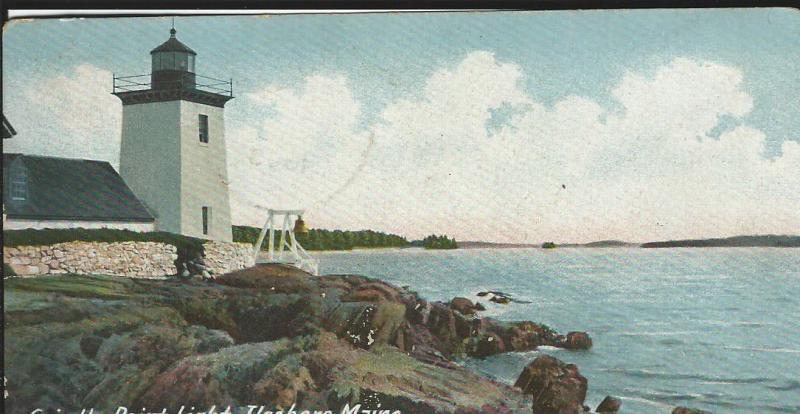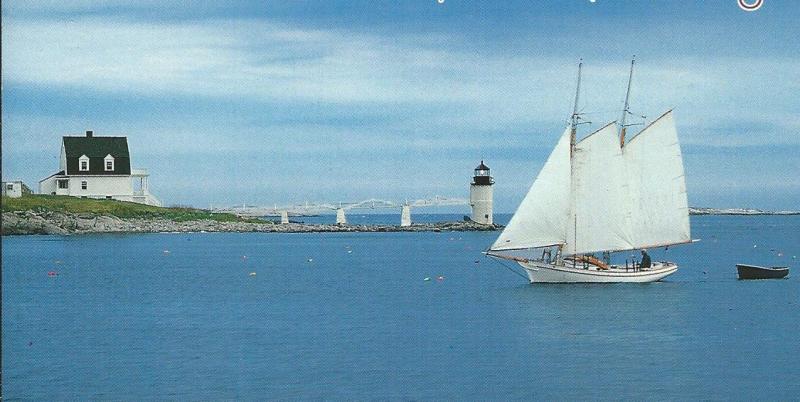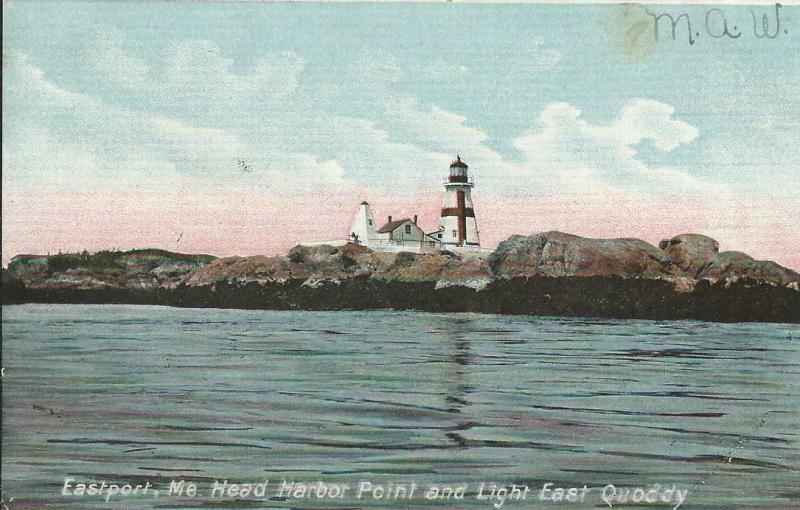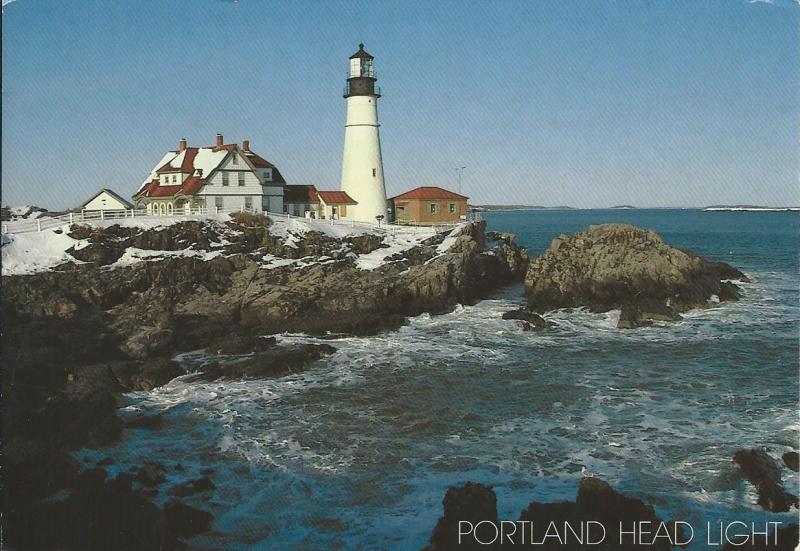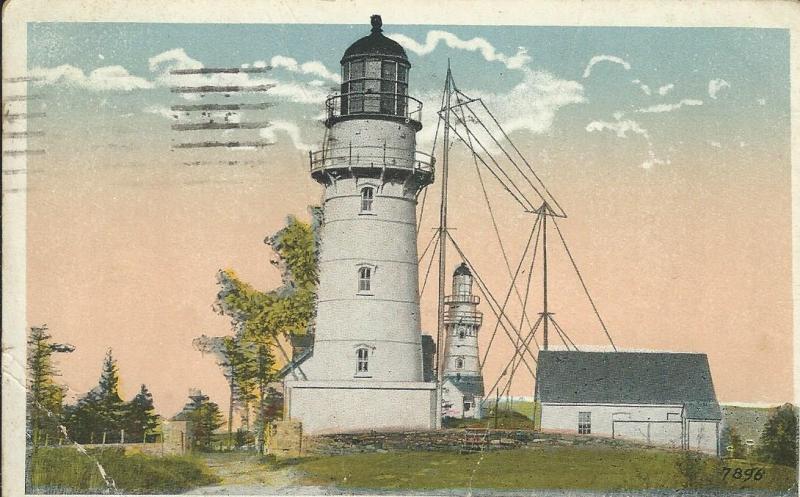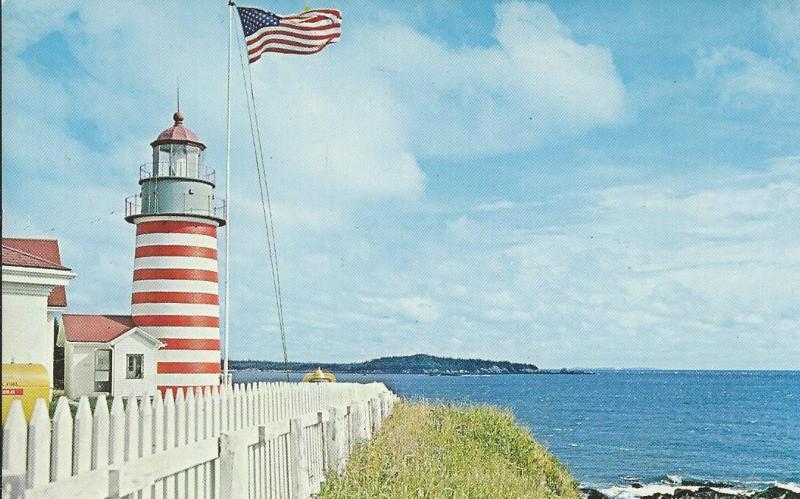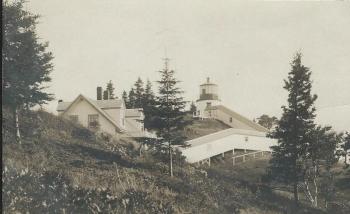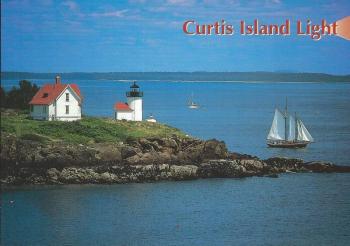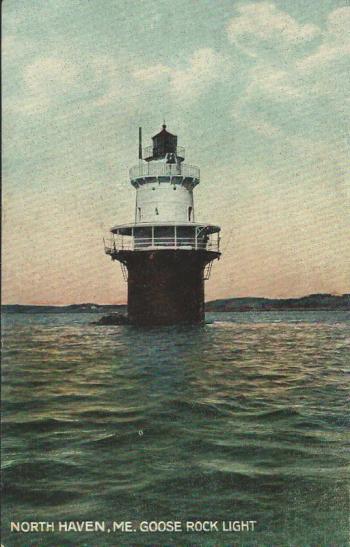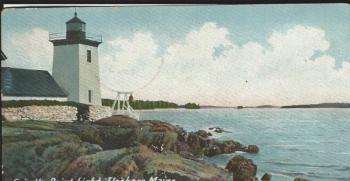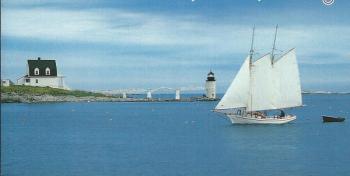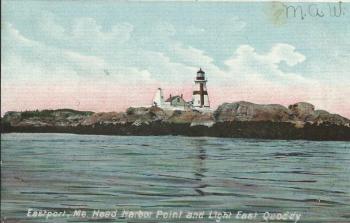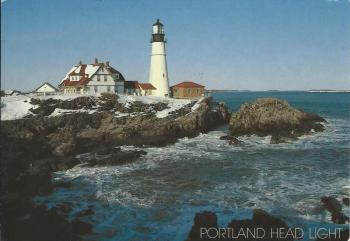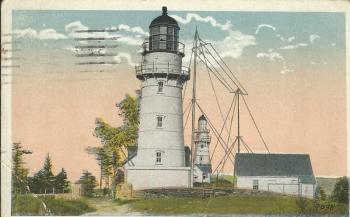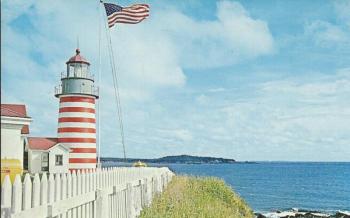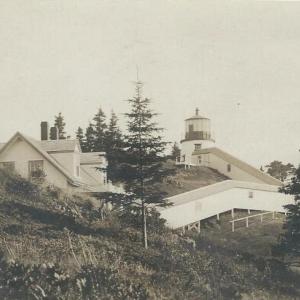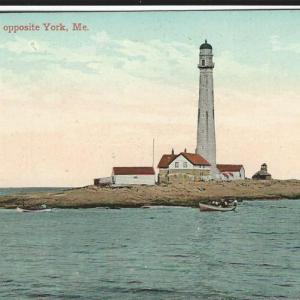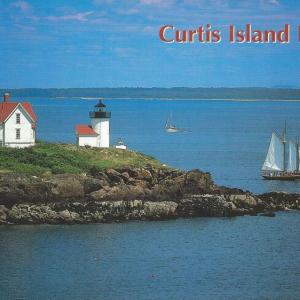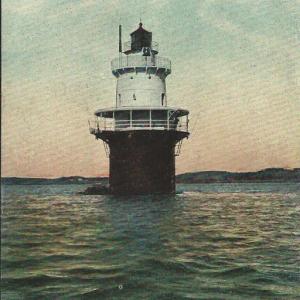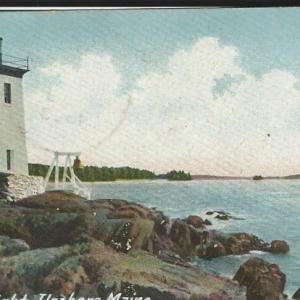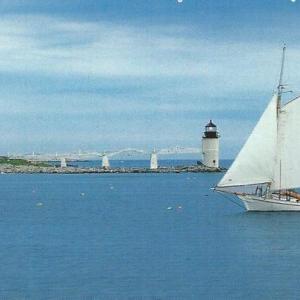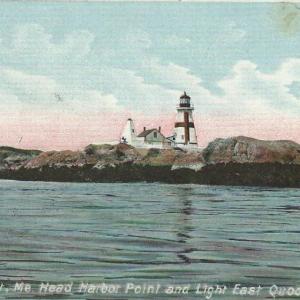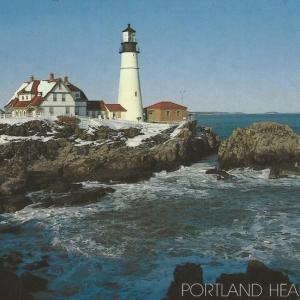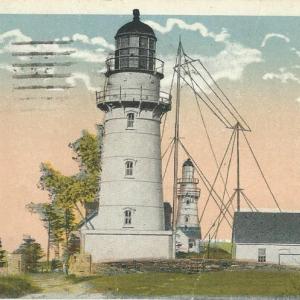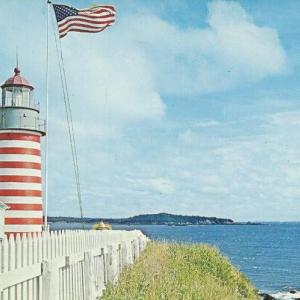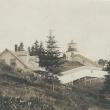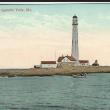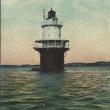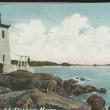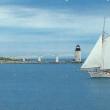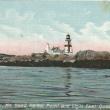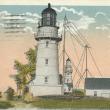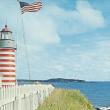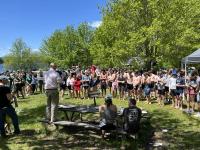Barbara Dyer: Lighthouses of the coast
Of great interest in Maine, to natives and tourists alike, are Camden’s Curtis Island Light and all the lighthouses along the coast. There are many of various sizes and shapes. These were the sentinel of the Maine Coast, from Kittery to Lubec, and numbering 60, which was about one-half of the remaining automated lights in New England in 1989.
Mariners of old needed the lighthouses, with their bells, fog horns and light signals, to aid them in their navigation along the rocky coast. The oldest surviving one, I believe, is Portland Head Light, which was constructed in 1791 and commissioned by George Washington.
The keepers first used whale oil lamps, with solid wicks, within the lantern. Smoke from these lamps often hazed over the interior of the lanterns, which made the light dimmer. Then, they were replaced but those sent out acrid fumes that burned the eyes and nostrils of the keeper.
About 1812, Winslow Lewis had a new development. It was a French Argand lamp with a hollow circular wick and reflector. That produced a brighter, smokeless flame.
He patented it and Congress paid him $60,000 for the patent, outfitting the lighthouses and maintaining them for seven years. The keeper had to haul oil up to the tower to fill the oil reservoirs, trim the wicks and keep the lenses clean. In the winter, the oil would thicken and have to be warmed up. The light needed to be seen as far as 20 miles out to sea.
A few years later, European lighthouses had Fresnel lenses developed by France. It took the United States several years after that to upgrade everything about the lighthouses, including the use of Fresnel lenses.
Automation was decided because the cost of a keeper, his family, etc., would amount to about $100,000 a year. By 1989, there were only four lighthouses unmanned.
There are various shapes and sizes of the towers on Maine lighthouses. Some are taller than others. Most are round, but there are a few square ones such as Grindle Point Light at Islesboro, Indian Head Light in Rockport, Mark Island Light, and Hendricks Head Light in Southport. Boon Island Light in York has a very tall tower.
Camden’s lighthouse and tower have been renovated many time over the years, since it was built in 1835.
George Galt, of Massachusetts, was the builder and H.K.M. Bowers became the keeper the following year, when it was lighted.
He remained until 1841. Light Keeper Wiley (1883-1896) reported that the hull of a lost vessel, Snow Squall, was half way between the outer ledges and Negroe Island (renamed Curtis Island in 1934). It was so far under the water that it was not a menace to navigation. The spars, mainmast, main topmast and foremast were taken care of, as was the cabin and part of the deck, when they washed ashore at Dillingham’s Point.
Curtis Island Light had the keeper and five U.S.C.G. young men living there in 1942 to 1945, as German submarines were plying the waters along Maine’s coast. They each had their four hour shifts on the lookout in the tower. The keeper treated them as if they were his own sons.
In 1930, a few lighthouses were sold privately for about $1,200.
One night in 1970, Camden was very fortunate to own Curtis Island as the United States was giving up all rights to it the following day. It took three men in town to work fast when the option to own came up and they went to Philadelphia, as a meeting was being held there the following day.
A quick history of the Island was written that night by one of the wives and the three men flew to that meeting and received the Island for Camden. They were Clifford O’Rourke, Charles Lowe and Robert Davee. Camden Selectmen accepted a deed to Curtis Island on September 24, 1973. A family lives there in the summer to take care of the Island and the Lighthouse. It is one of the prettiest spots on earth.
Barbara F. Dyer has lived in Camden all of her life, so far.
More Barbara Dyer
When Camden paid a fine for having no minister preaching in town
The demise of a Camden-built vessel
Camden’s wooden boat builders were perfectionists
Building wooden boats in Camden, many years ago
Socializing and such, before television
The first years of the Camden Snow Bowl
The many moods of Camden Harbor
Demise of the Camden steamboat wharf
Curtis Island Lighthouse - the sentinel of Camden Harbor
Event Date
Address
United States

